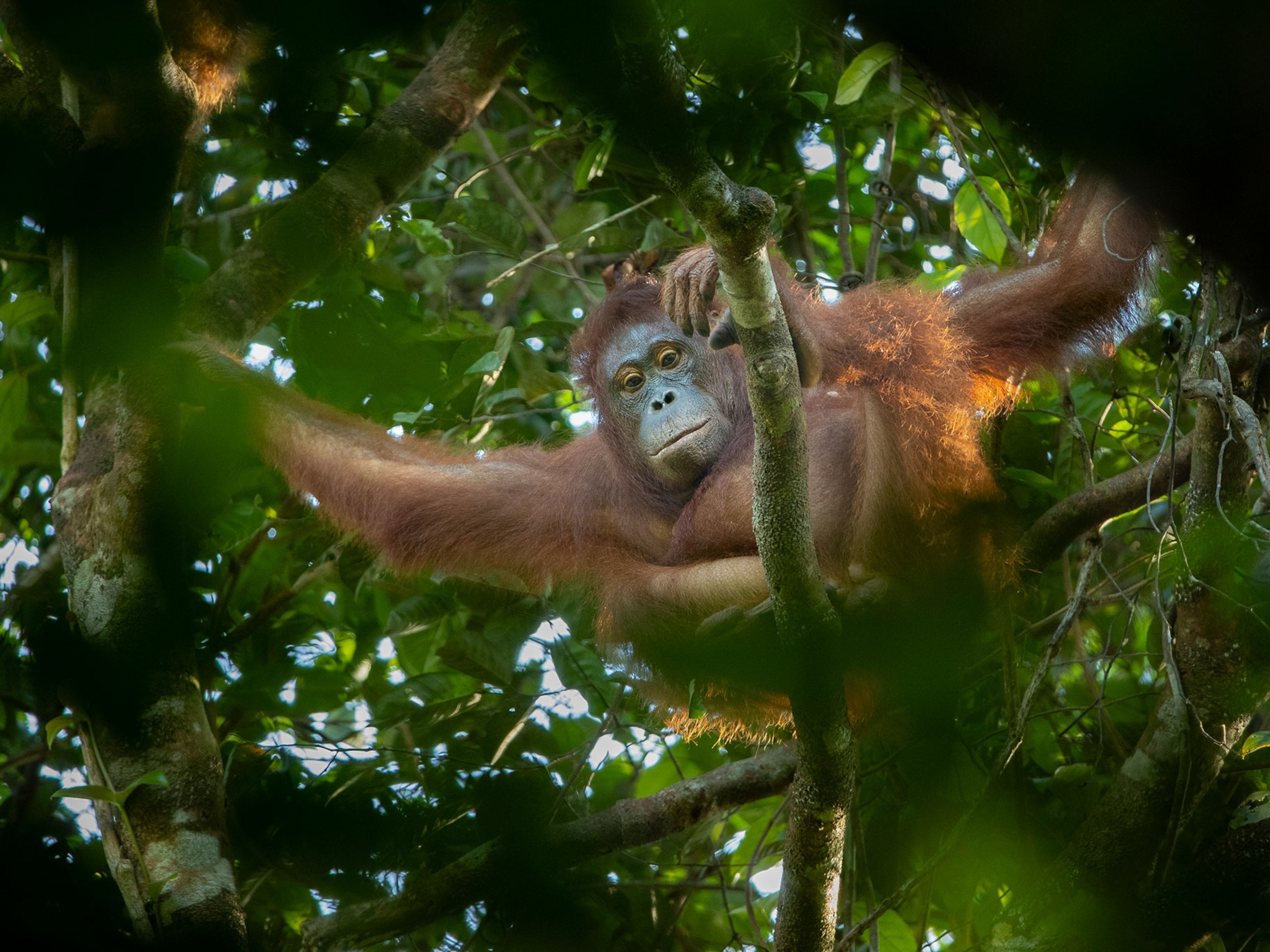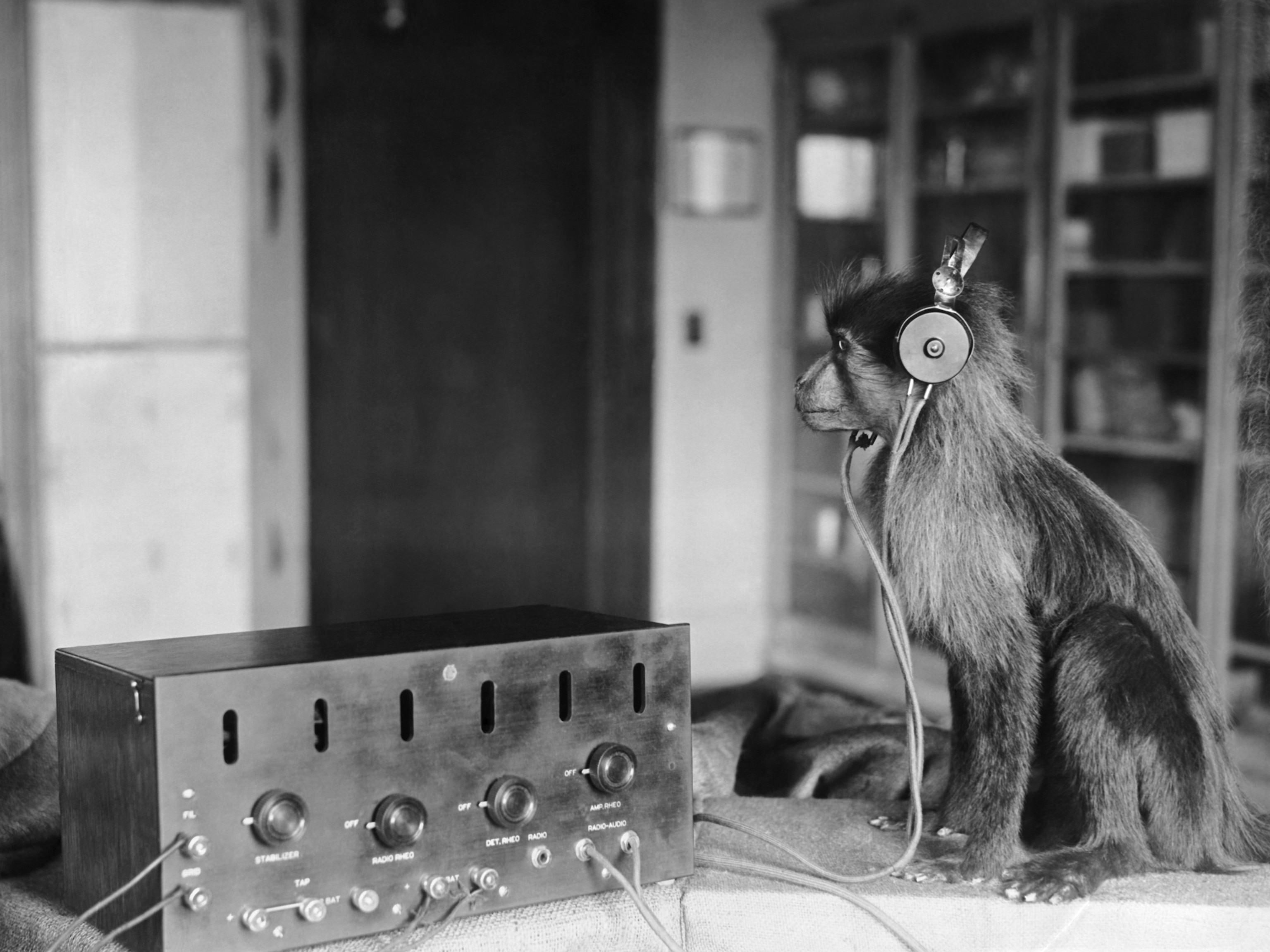
Human Ancestor May Put Twist in Origin Story, New Studies Say
Two-million-year-old fossils—and possibly skin—offering key insights.
Two-million-year-old bones—and possibly skin—from a pair of primate fossils are offering new insight into the apelike species that may have given rise to the first humans.
Known as Australopithecus sediba, the ancient human ancestor was discovered in the Malapa region of South Africa in 2008 and was described for the first time last April.
(See "'Key' Human Ancestor Found: Fossils Link Apes, First Humans?")
Now a suite of five studies, published in this week's issue of the journal Science, is delving deeper into the species' unusual mix of human and apelike traits to help refine A. sediba's place in the time line of human evolution.
After examining A. sediba's anatomy, for instance, scientists think they may have evidence that the species was capable of making and using tools.
In addition, the team thinks it may have found samples of fossilized skin. If confirmed, the discovery would mark the first time any type of soft tissue has been recovered from an early human ancestor.
"We've started an open-access experiment"—called the Malapa Soft Tissue Project—"to determine if we do in fact have skin," said study leader Lee Berger, an anthropologist at the University of the Witwatersrand in Johannesburg.
"We are enlisting the entire scientific community in exploring this possibility."
Overall, Scott Simpson, a paleontologist at Case Western Reserve University in Cleveland, Ohio, called the fossils "extraordinary."
"They come from a time period that is very important, circa two million years ago, that we just don't know a lot about," said Simpson, who did not participate in the studies.
Fossils Show Evolutionary Tinkering
The A. sediba skeletons belong to a male child in his early teens and a female thought to be roughly 30 years old. The pair likely died within days or perhaps even hours of each other and may have been related.
The two primates apparently fell into a chasm, coming to rest in an underground cave system also littered with the bones of other animals. Over time this ancient "death trap" filled with breccia, a cemented stone material that helped preserve the remains.
(See pictures of the Australopithecus sediba fossils.)
The new studies build on previous work showing that A. sediba possessed an unusual mix of primitive and derived—or humanlike—traits.
For example, the partial pelvis and right foot of the adult female suggest that A. sediba was capable of standing and walking upright. Its ankles were very humanlike, but it had thin, apelike heels.
This odd combination of foot features suggests the 4-foot-tall (1.2-meter-tall) A. sediba almost certainly still climbed trees, the team says, yet was also capable of walking upright on the ground, much like a human.
(Related: "Did Early Humans Start Walking for Sex?")
"I don't think any of us ever imagined that this particular suite of anatomy would exist in the human fossil record," Brian Richmond, a paleoanthropologist at George Washington University who was not involved in the study, said of the A. sediba fossils in general.
"But it actually fits perfectly with the way evolution tinkers and plays with anatomy, so it's exciting to see these evolutionary experiments and processes happening in our own family tree."
Human Ancestor Had "Precision Grip"
Also surprising are A. sediba's hands and brain, which, when considered together, raise the possibility that the creature had the capacity to create and use stone tools.
Using powerful x-ray scans, the team created a virtual mold, or endocast, of the braincase of the A. sediba child.
"With every heartbeat, the brain pounds out its shape on the developing skull of a child, eventually leaving a beautiful impression of the external shape and form of the brain on the inside of the skull," study co-author Kristian Carlson, also from the University of Witwatersrand, explained in a statement.
"By mapping the contours of this surface, a clear image of the original brain located in the skull can be produced."
The endocast shows that the overall shape and organization of A. sediba's brain was similar to that of modern humans yet was surprisingly small—only about a quarter the size of a modern human brain, or a little larger than the brain of a chimpanzee.
"What this study is showing reinforces the idea that our brains began reorganizing [into a more humanlike configuration] before there was any dramatic change in size," George Washington University's Richmond said.
(Related: "Lucy the Butcher? Tool Use Pushed Back 800,000 Years.")
A. sediba's possible abilities as a toolmaker are also supported by an analysis of the right hand of the female skeleton, which is the most complete hand yet known from an early hominin—the term that refers to our ancestors and their close evolutionary relatives.
The hands of most early hominins are known from just a few isolated bones gathered from different individuals and cobbled together. But in the case of the A. sediba female, only a few hand bones—the tips of four fingers and a wrist bone—are missing.
The fossil hand shows A. sediba had a relatively long thumb compared with its other fingers. This would have given the species a remarkably humanlike "precision grip," which is necessary for making stone tools.
A precision grip is one that involves the thumb and fingers but not the palm. Other primates are capable of some precision grips, but humans are unique in their ability to apply force with these grips and use them for fine manipulations.
According to the study authors, A. sediba would have an excellent precision grip. In fact, its hands might have been even more agile than ours, because of its longer thumb.
"It was kind of hyper-human in that regard," Richmond said.
New Fossils Reshaping Family Tree?
Oddly, A. sediba's grip appears to have been more humanlike than that of the larger-brained and bigger-bodied Homo habilis, which is widely considered to be the earliest known member of the genus Homo.
However, the A. sediba fossils are about 300,000 years younger than an upper jaw, discovered by anthropologist William Kimbel, that's thought to belong to a species of Homo, possibly H. habilis.
Still, Berger and his team think it's possible A. sediba gave rise to the Homo genus. (Explore a graphic of the possible branches on the human family tree.)
The researchers suggest the Malapa specimens could have been younger remnants of an enduring species that gave rise to Homo at an earlier date.
Alternatively, H. habilis may have represented a failed side branch of the human family tree, and it was actually A. sediba that was the direct ancestor of Homo erectus, the species widely regarded as the immediate forerunner of modern humans, Homo sapiens.
"We're saying you have to at least consider that possibility," Berger said.
(Related: "Human Genome Shows Proof of Recent Evolution, Survey Finds.")
A. Sediba Posing Tough Questions
But George Washington University's Richmond said he is not ready to accept such a drastic revision to the human time line.
"The craniodental evidence that H. habilis is the ancestor of H. erectus is still too compelling to force H. habilis out as a side branch," he said. "I don't think the data supports that view yet."
Anthropologist Philip Rightmire of Harvard University is also hesitant to make such a leap, for the same reason.
"The origins of H. erectus are still quite mysterious at this point," said Rightmire, who was not part of the study.
"We just don't know what happened. But I think that H. habilis is still the best bet. If you want to put your money on one horse or the other, that would be the one."
Case Western's Simpson added that these and other tough questions about human evolution are what make the A. sediba fossils so important.
"Good fossils allow you to fill in things you already suspect and support existing ideas, but great fossils are completely unexpected," he said.
"These are fossils that have to be dealt with, and that's not a bad thing at all."







